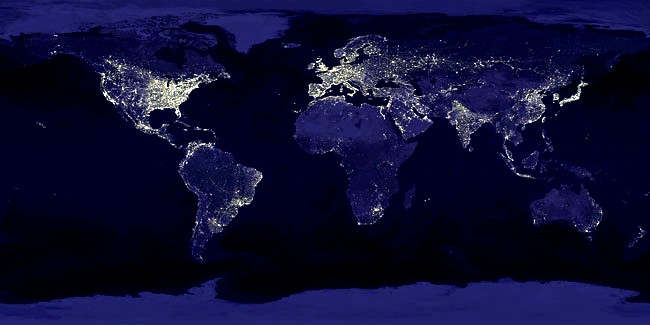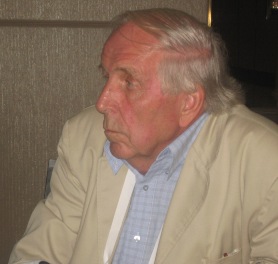I had no idea that the nice lady seated next to me was described by her publisher as ‘America’s hottest sex therapist’.
Nor had I linked sex with climate change — though, come to think of it, both have something ‘hot’ in common.
Psychologist, journalist and sex therapist Dr Judy Kuriansky came out with practical advice on how we journalists can cover climate change in more interesting ways. And she made a lot of sense.
“You have to make the climate story appeal to the average reader or viewer,” the Professor of Clinical Psychology at Columbia University Teacher’s College, USA, told us participants at a global media workshop on understanding and reporting climate change in Geneva this week.
In some ways, attracting audience attention is comparable to getting a new date, she suggested.

“If you want to attract a man or woman’s attention, what do you do? You can go for a walk in the park…and take a child or dog with you. It doesn’t have to be your child or your dog, as long as you have one. That makes it a lot easier for you to start a conversation with an attractive stranger.”
Likewise in covering climate change. Bring out the children or animals. These always help audiences to relate to otherwise dull or dreary stories.
People across cultural and educational divides share a love and concern for children and animals. And how climate change is going to impact our children is something that most sensible adults would pay attention to.
Some communicators are already heeding this advice. The Great Warming, a compelling, Canadian-made documentary released in 2006 and narrated by actors Alanis Morissette and Keanu Reeves, reveals how a changing climate is affecting the lives of people everywhere. Using breathtaking visuals filmed in eight countries on three continents, this production ‘taps into the growing groundswell of public interest in this topic to present an emotional, accurate picture of our children’s planet’.
‘Our children’s planet’ – a simple yet powerful phrase that never fails to move sensible and sensitive people. As I wrote in a recent review, it’s precisely that kind of appeal to our hearts and emotions that many climate change (and indeed, environmental) documentaries lack.
But who else could have linked all this to the art and science of dating? Dr Judy knows a thing or two about this subject, having written The Complete Idiot’s Guide to Dating, now in its 3rd edition.
Dr Judy he was in Geneva representing the NGO Committee on Mental Health, a US-based charity, which ran a session during the Global Platform on Disaster Risk Reduction in Geneva (5 – 7 June 2007).
Her group ran a session on mental health needs of disaster affected people — an aspect largely neglected by the UN and humanitarian organisations that respond to disasters.
Experts warned this week that climate change is set to increase both the intensity and frequency of disasters. This will mean more people than ever will be affected physically, pshychologically, economically and other ways.
Chatting to her later, I discovered Dr Judy and I had more things in common than an interest in, well, climate change.
For one thing, in the aftermath of the Asian Tsunami of December 2004, she had visited Sri Lanka with a team of psychologists to provide much-needed help to survivors to overcome their trauma. Unlike many relief agencies that stayed within the ‘comfort zones’ close to the capital Colombo, her team went all the way to Batticaloa on the east coast, a good 12 hour car journey away.
I also discovered that she and I had both been speakers at the 59th Annual NGO Conference organised by the UN Department of Public Information in New York in September 2006.
And we are both associated with Light Millennium, a non-profit group in New York dedicated to culture and peace. We have a mutual friend in its founder, Bircan Unver.
Here’s a bio note on Dr Judy from one of her websites:
Dr.Kuriansky is a world renowned radio advice host, clinical psychologist and certified sex therapist, popular lecturer, newspaper columnist, TV reporter and commentator and author of many books on relationships. She is a pioneer of radio call-in advice, and more recently of Internet advice. An adjunct professor at the Clinical Psychology Program at Columbia University Teachers College and at the Department of Psychiatry at Columbia Medical Center, she is also visiting professor of Peking University Health Science Center in Beijing. She is a frequent commentator on TV on various news issues, particularly on CNN, and columnist for the New York Daily News, Singapore Straits Times and South China Morning Post.






















